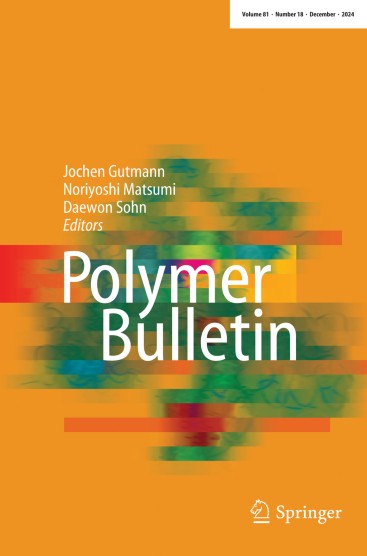Scaling the ionic conductivity and electrochemical properties of bio-based gel polymer electrolytes reinforced with Al2O3 nanofibers for energy storage applications
Abstract
Bio-based gel polymer electrolytes (GPEs) are gaining popularity in electrochemical energy storage devices due to their sustainability and environmental friendliness. Compared to synthetic polymer electrolytes, they are biocompatible and less toxic, making them safer for users and the environment. The present work develops cellulose acetate-based GPEs added with different amounts of Al2O3 nanofibers. The synthesized GPE exhibits a very high ionic conductivity of 2 × 10–3 S/cm at room temperature as determined by impedance spectroscopy. FTIR results show that Al2O3 nanofibers are able to dissociate Li+ ions from contact ion pairs. XRD analysis demonstrates that the nanofibers can reduce the crystallinity of GPEs. From XPS studies it is confirmed that the nanofibers create conducting paths in GPEs through which ion diffusion can easily take place. Electrochemical investigations demonstrate that GPEs containing nanofibers display a remarkable voltage range of 4.9 V and great stability at the interface with metallic electrodes. Nanofibers can also increase the cationic transport number from 0.28 for GPEs with no nanofibers to 0.58 for GPEs loaded with 5 wt% nanofibers. The dimensional stability of GPEs is also found to be enhanced after nanofiber addition. The initial discharge capacity at 0.5 C for the Li|BGE|LiFePO4 cell was recorded to be 135 mAh g−1 in the first cycle and 128 mAh g−1 with a coulombic efficiency above 95% after 25 cycles. These findings of the study suggest that nanofiber-reinforced bio-based GPEs can create high-performance, sustainable electrolytes for next-generation electrochemical devices.

 求助内容:
求助内容: 应助结果提醒方式:
应助结果提醒方式:


